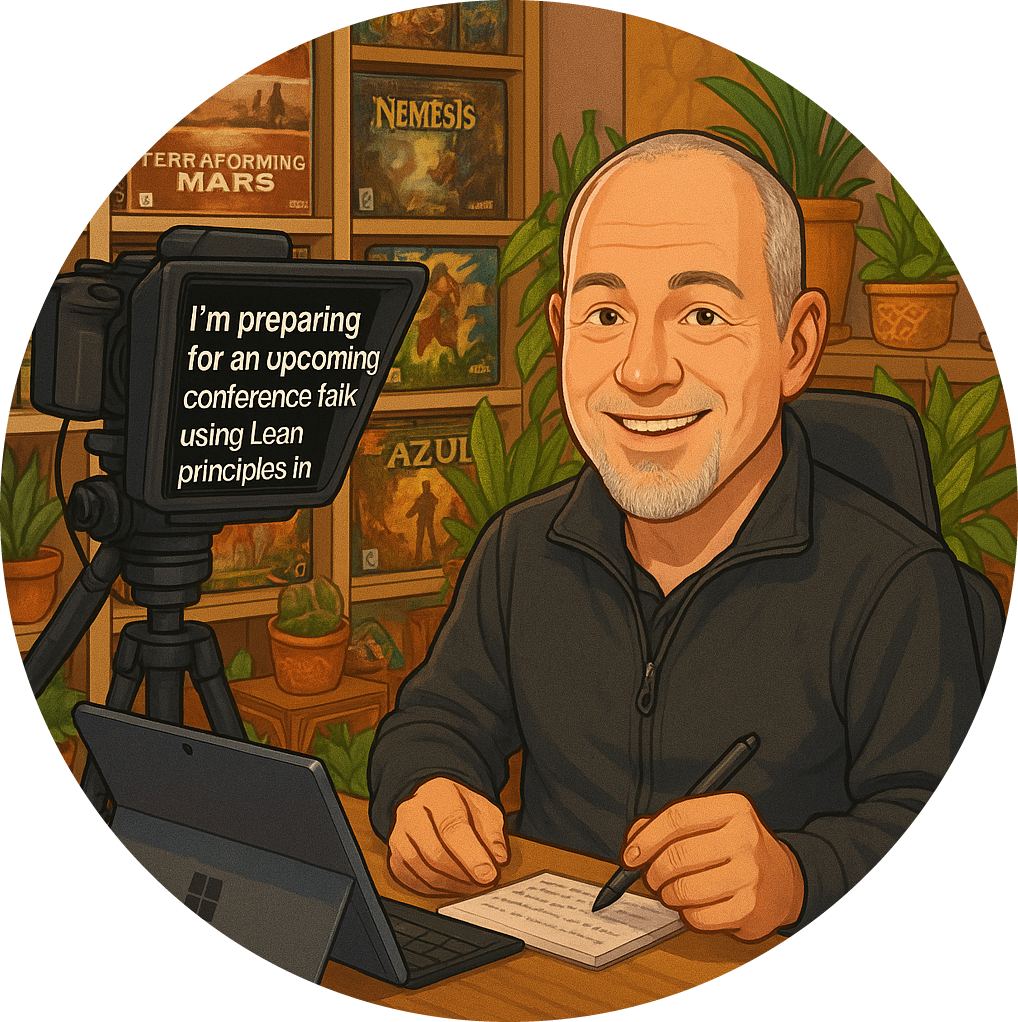Change is the Only Constant: Why Your Engineering Culture Must Evolve
If there’s one thing I’ve learned over the years, it’s that technology is a moving target. New frameworks appear, platforms rise and fall, and what’s cutting-edge today is legacy tomorrow. But here’s the uncomfortable truth: if your engineering culture can’t adapt, every shift in the tech landscape feels like a fire drill. You’re not building resilience, you’re just bracing for the next emergency.
I see this all the time. Teams scramble to adopt the latest tool or methodology, convinced that this will be the silver bullet. But frameworks come and go. The real differentiator isn’t how quickly you can jump on a trend, but how well your team can absorb change without losing momentum.
Reacting vs. Responding: The Subtle but Critical Difference
There’s a world of difference between reacting and responding. The strongest teams I’ve worked with don’t chase every shiny new thing. Instead, they:
- Learn fast, but don’t rush blindly
- Adapt thoughtfully, not reactively
- Evolve their ways of working, but never lose sight of their core purpose
This doesn’t happen by accident. It’s the result of deliberate investment in culture, a culture that expects change, supports it, and measures its impact.
Building a Learning Organization, Not Just a Coding Factory
Too many organizations treat their engineering teams as code factories. But writing code is only a fraction of what makes a team effective. The real magic happens when teams:
- Reflect regularly on how they work
- Improve their practices based on evidence, not just gut feel
- Align their efforts with business goals, not just technical curiosity
This is what I mean by a learning organization. It’s not about being “agile” in name only. It’s about creating an environment where adaptation is the norm, not the exception.
How We Help Teams Absorb Change
When I work with engineering leads, my focus is on helping them build a culture that absorbs change, rather than getting knocked over by it. This means:
- Training teams to expect and embrace change, not fear it
- Embedding continuous improvement into daily routines
- Using evidence-based management to measure what matters, not just what’s easy
It’s not about betting the farm on every new tool or framework. It’s about investing in your people and your culture so that, whatever comes next, your team is ready.
Staying Relevant in a World That Won’t Stand Still
If you want to stay relevant, you need more than just technical chops. You need a system, a culture, where adaptation is expected, supported, and measured. That’s how you build teams that don’t just survive change, but thrive on it.
So, the next time you’re tempted to chase the latest trend, ask yourself: is your culture ready to absorb what’s coming next? Or are you just bracing for the next fire drill?
Invest in your culture. That’s the only bet that pays off, no matter how the technology landscape shifts.


























